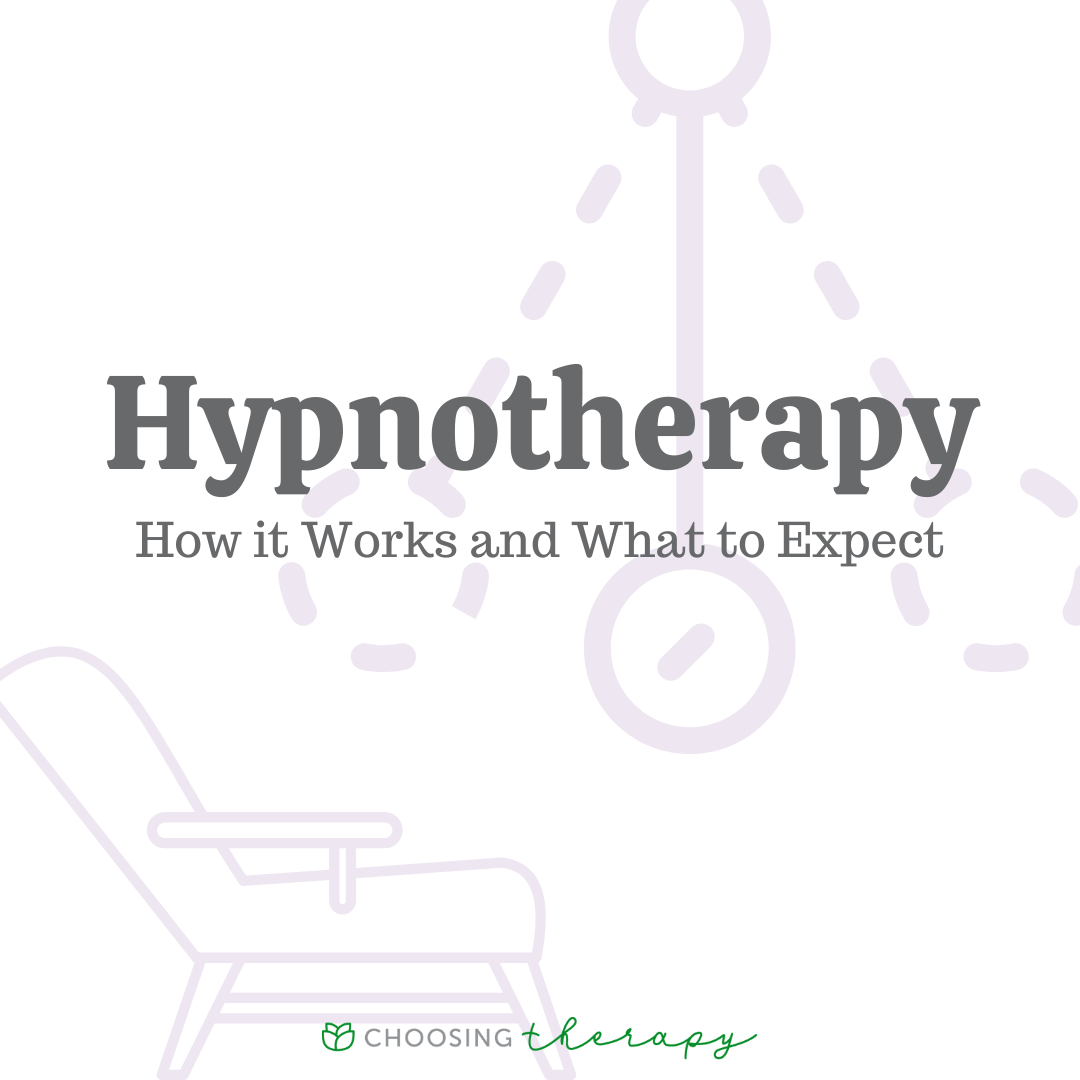
Stress hypnosis a form nLP therapy helps people overcome many mental and emotionally harmful blocks to their well being. The process may not be for everyone, and it may not be the best option for those with physical limitations. If you are looking to lower your stress levels, this is a great choice. Hypnosis is an excellent option for anyone of any age.
Hypnosis can also help you to set boundaries and stick to an exercise program. You can use hypnosis to set boundaries and feel more confident. It can even help you overcome certain bad habits, like smoking, drinking alcohol, or putting your cell phone in your pocket. As with any other form of therapy, hypnosis involves entering a trance-like state and making suggestions to your subconscious mind.

Hypnosis can help with stress relief. It works by relying on your natural relaxation process, which is why it's not dependent on any medications. Some medications that treat anxiety and chronic stress can have side effects that can lead to dependence. Stress hypnosis can alleviate anxiety and anxiety without the need for pharmaceuticals. It calms your mind and body, reducing the level of stress and the anxiety that it causes. It can be combined or used with focused breathing.
Stress hypnosis works well to relieve stress. While it's not the best solution for every situation, it can help you deal with your issues and make your life more enjoyable. There have been some studies that show hypnosis can reduce stress. It's worth taking the time to find out what this technique can do for you. You can use this technique to manage your symptoms, and improve your quality life. It is simple to get started and even easier with self-hypnosis scripts.
The hypnosis program addresses psychological stressors. It can help people manage their anxiety and lower their stress level. This technique can reduce anxiety and help improve people's performance. This technique is effective in reducing stress levels and helping people develop more rational, well-recognized responses to stressful situations. It's a great way to improve your quality life.

The therapist will help you reach hypnosis by guiding you. Hypnosis will bring you a deep sense of relaxation and focused awareness. A therapist can also use various techniques to help you cope with the symptoms of stress and improve your quality of life. The key to successful re-writing of the subconscious mind is that it is believable, and it will allow you to make positive choices.
FAQ
What is the difference between a calorie or a kilocalorie.
Calories refer to units that are used for measuring the energy in food. A calorie is a unit of measure. One calorie represents the energy required to raise one gram of water's temperature by one degree Celsius.
Kilocalories refer to calories in another term. Kilocalories equal one thousandth of a calorie. 1000 calories, for example, equals one kilocalorie.
Improve immunity with herbs and supplements?
Herbs and natural remedies can be used to boost immune function. You can use ginger, garlic, echinacea oregano oil and vitamin C as examples.
These herbal remedies are not meant to replace medical treatment. These herbal remedies can cause nausea, vomiting, stomach cramps or dizziness.
How can you live your best life every day?
The first step towards living your best life everyday is to find out what makes you happy. Once you are clear about what makes you happy and satisfied, you can move on to the next step. Asking others about their lives can help you to see how they live the best life possible.
You can also read books by Wayne Dyer, such as "How to Live Your Best Life". He discusses happiness and fulfillment in every aspect of our lives.
How do you get enough vitamins?
The majority of your daily needs can be met through diet alone. Supplements are available if you are deficient. A multivitamin can contain all the vitamins that you need. Or you can buy individual vitamins from your local drugstore.
Talk to your doctor if you have concerns about your nutritional intake. For example, dark green leafy vegetables such as spinach, broccoli, kale, collard greens, turnip greens, mustard greens, bok choy, romaine lettuce, arugula, and Swiss chard are rich in vitamins K and E. Other good sources include oranges, tomatoes, strawberries, cantaloupe, carrots, sweet potatoes, pumpkin, and squash.
Ask your doctor for advice if you are unsure how much vitamin to take. Based on your medical history and your current health, your doctor can recommend the correct dosage.
Which lifestyle is best for your health?
A healthy lifestyle means eating healthy foods, exercising regularly, sleeping well, and avoiding stress. This will ensure that you live a long healthy life.
Starting small can make a big difference in your diet, and even your exercise routine. If you're looking to lose weight, walk for 30 minutes each morning. Or, if you want to get more active, take up swimming or dancing. You can also sign up for an online fitness program, such as Strava and Fitbit. This will track your activity.
How often should i exercise?
Exercise is essential for maintaining a healthy lifestyle. There is no set time limit for exercising. It is important to find something that you enjoy and stay with it.
If you work out three times a week, then aim to complete 20-30 minutes of moderate intensity physical activity. Moderate intensity means you'll still be breathing hard after you've finished. This type is good for burning around 300 calories.
You can walk for 10 minutes every day if that is what you prefer. Walking is easy on the joints and has low impact.
Jogging is an alternative to running. You can do it for as little as 15 minutes each day. Running can help you burn calories and to tone your muscles.
You should start slowly if it's your first time exercising. Start by doing 5 minutes of cardio each day, a few times per week. Gradually increase the amount of cardio you do until you reach your goal.
What are the 10 best foods to eat?
These are 10 of the best foods to eat.
-
Avocados
-
Berries
-
Broccoli
-
Cauliflower
-
Eggs
-
Fish
-
Grains
-
Nuts
-
Oats
-
Salmon
Statistics
- The Dietary Guidelines for Americans recommend keeping added sugar intake below 10% of your daily calorie intake, while the World Health Organization recommends slashing added sugars to 5% or less of your daily calories for optimal health (59Trusted (healthline.com)
- According to the 2020 Dietary Guidelines for Americans, a balanced diet high in fruits and vegetables, lean protein, low-fat dairy and whole grains is needed for optimal energy. (mayoclinichealthsystem.org)
- nutrients.[17]X Research sourceWhole grains to try include: 100% whole wheat pasta and bread, brown rice, whole grain oats, farro, millet, quinoa, and barley. (wikihow.com)
- According to the Physical Activity Guidelines for Americans, we should strive for at least 150 minutes of moderate intensity activity each week (54Trusted Source Smoking, harmful use of drugs, and alcohol abuse can all seriously negatively affect your health. (healthline.com)
External Links
How To
What does the word "vitamin" mean?
Vitamins are organic substances found naturally in food. Vitamins allow us to absorb nutrients from food. Vitamins cannot be made by the body; they must be taken from food.
There are two types if vitamins: water soluble, and fat soluble. Water-soluble vitamins dissolve easily when they are dissolved in water. These include vitamin C (thiamine), Vitamin B1 (riboflavin), Vitamin B2 (riboflavin), Vitamin B3 (niacin), Vitamin B6 (pyridoxine), Vitamin C, B1 (thiamine), Vitamin B2 (riboflavin), Vitamin B3 (niacin), and Vitamin B6 (pyridoxine). Fat soluble vitamins are stored in the liver and fatty tissue. These include vitamin D, E and K, as well as beta carotene.
Vitamins are classified according their biological activity. There are eight major groups of vitamins:
-
A - essential for normal growth and maintenance of health.
-
C - essential for nerve function and energy generation.
-
D – Essential for healthy teeth, bones and joints
-
E - needed for good vision and reproduction.
-
K - required for healthy muscles and nerves.
-
P - Vital for strong bones and teeth.
-
Q - Aids in digestion and absorption.
-
R is required for the production of red blood cells.
The recommended daily allowance of vitamins (RDA), varies according to age, gender, physical condition, and other factors. The U.S. Food and Drug Administration, (FDA), sets the RDA value.
For adults over 19, the RDA for vitaminA is 400 micrograms per daily. Pregnant women require 600 micrograms daily to support fetal development. Children ages 1-8 require 900 micrograms per day. For infants younger than one year, 700 micrograms are required daily. However, this number drops to 500 micrograms each day for children aged 9-12 months.
Children aged between 1-18 years require 800 micrograms of sugar per day, while overweight children need 1000 micrograms. Children who are underweight receive 1200 micrograms every day to meet their nutritional requirements.
Children between 4 and 8 years old with anemia will need 2200 micrograms daily of vitamin C.
2000 micrograms is the minimum daily intake for adults over 50 years old to maintain good health. Breastfeeding or pregnant women require 3000 micrograms per daily due to higher nutrient demands.
Adults over 70 years of age need 1500 micrograms per day since they lose about 10% of their muscle mass each decade.
Women who are pregnant, nursing or breastfeeding need more than the RDA. Pregnant women require 4000 micrograms daily during pregnancy, and 2500 micrograms every day after birth. Breastfeeding mothers need 5000 micrograms per day when breast milk is being produced.